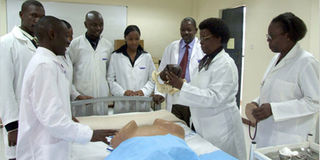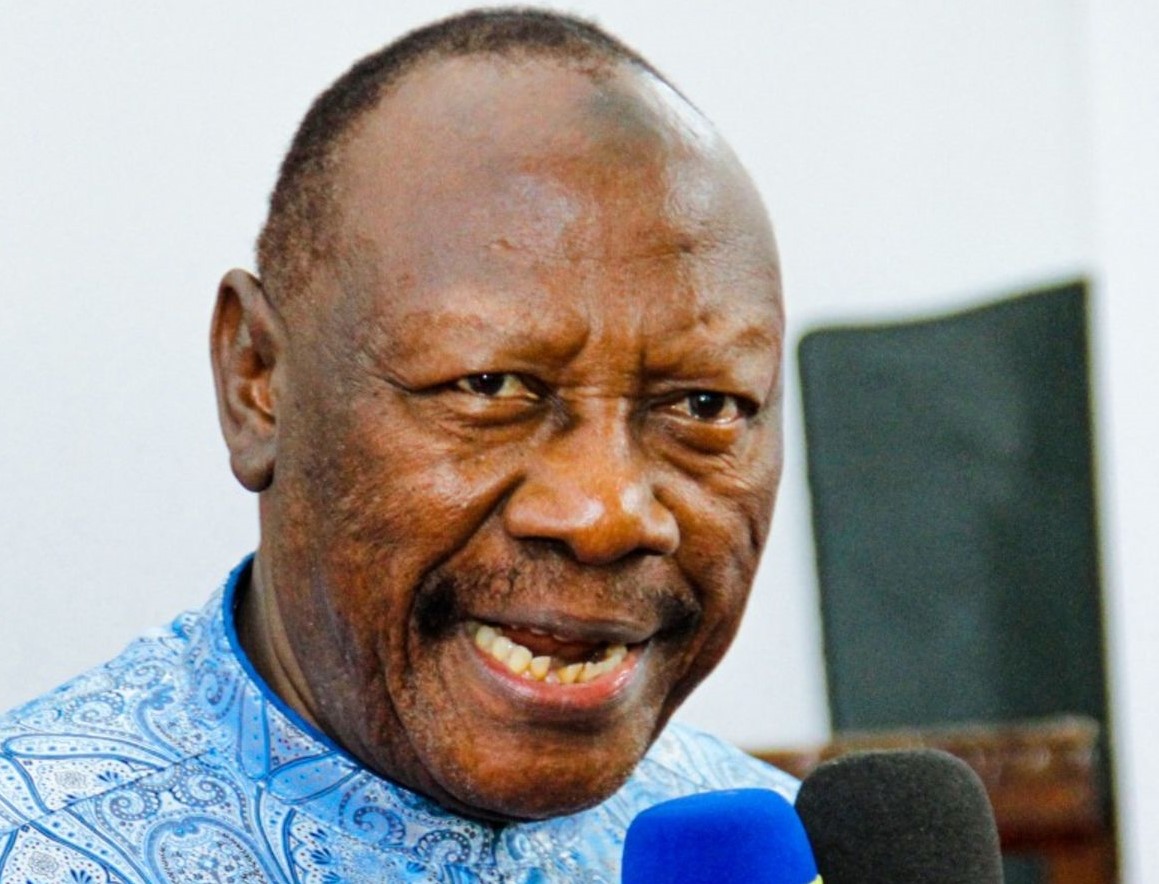Many new medics ‘could be jobless’

Available statistics show that about 44.0 per cent of WHO member states report to have less than 1 physician per 1,000 population.Countries with the lowest relative need have the highest numbers of health workers, while those with the greatest burden of disease must make do with a much smaller health workforce. The African Region suffers more than 24 per cent of the global burden of disease, but has access to only 3 per cent of health workers and less than 1 per cent of the world’s financial resources.
What you need to know:
- The medics have formed a committee of licensed doctors to try to press the government to do something about their situation
Dar es Salaam. More than half of all newly licensed medical doctors in the country will go without employment in the next financial year The Citizen has learnt.
The medics have formed a committee of licensed doctors to try and press the government to put over 1,000 doctors on contract and assign them hospitals across the country.
But minister for Health, Community Development, Gender, Elderly and Children Ummy Mwalimu told The Citizen yesterday that not all medical doctors could be put on government payroll due to a low wage budget at its disposal.
She said at least 400 of them would be absorbed in the next financial year alongside a batch of 10,000 health workers, who had been put on the plan.
“The wage bill is the determining factor. However, total recruitment for the health sector is 10,000 health workers,” she said during an exclusive interview with The Citizen.
Currently, one doctor in Tanzania serves 25,000 patients, but the standard doctor-patient ratio is 1:10,000 as recommended by the World Health Organisation (WHO) for developing countries. In the United States, the ratio is 1:300.
Young doctors, most of who graduated in 2014, have sought audience with the minister and filed a report, giving reasons why they believe they should urgently be considered for employment.
“Considering a shortage of doctors in Tanzania and Africa in general, it may sound mind-boggling to let those doctors search for greener pastures abroad, while there is scarcity in the country,” reads part of their report signed by one of the committee leaders, Dr Wilson Lugano.
The minister and her deputy, Dr Hamisi Kigwangala, have taken the initiative to calm down the doctors via social media, urging them to be patient as the government works on their issue.
“We will finally put you all on payroll, but this will depend on the government’s financial position,” wrote Ms Mwalimu in response to a doctor’s question on twitter, who wanted to know, when the rest of the doctors would be employed.
But the doctors seem to be impatient, saying they are even ready to be deployed to hospitals with contracts and without pressing for immediate payment of salaries.
“If this plight is attributed to lack of finances, be kindly informed that the process of allocating and contract signing does not cost any money. However, the issuance of salaries can be dealt with later in the process,” says the report by the doctors’ committee.




